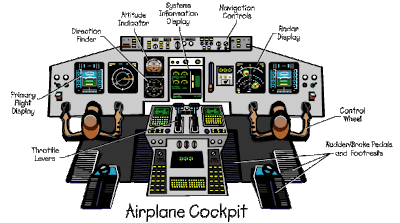 |
| Karen Overhill, a dissociative identity disorder patient, sketched a drawing of her 17 different personalities. |
problem.
 |
| The main character in the movie Sybil suffered from dissociative identity disorder. |
Dissociative identity disorder is a very controversial topic in the field of psychology due to the fact that many people feel that it is not real. The cause of the disorder is thought to be a traumatic experience which causes the mind to split into multiple identities in order for the person to protect themselves from the stress of the traumatic event. Though the disorder has become well known to the public through the media, there is still not very much known about the disorder. Research has shown that 75% of therapists believe that the disorder does not actually exist. They believe that the disorder is not caused by a stressful event, but is instead artificially caused by either the therapist treating the patient or by the patient themselves.
People see therapists for a variety of reasons, but many people who see therapists suffer from some type of mental illness. This mental illness can often make a patient more prone to becoming influenced by their therapist. The therapist may unintentionally cause the patient to experience the symptoms of the disorder. Mentally ill patients may also pretend to experience the symptoms of the disorder in order to trick their therapist. These problems have caused a great deal of misdiagnosis which has allowed for much doubt to be cast upon the disorder.
 Many
people have a hard time understanding the idea of one person experiencing
multiple identities. They do not always understand the concept of dissociation.
What they do not realize, is that everyone experiences dissociation to a
certain degree. An everyday example would be what most people refer to as
daydreaming, getting lost in the moment, or "zoning out". These forms
of dissociation are very mild in comparison to the actual dissociative
disorder, but these experiences could help a person understand how the concept
could be possible. The disorder simply consists of a much greater degree of
dissociation. It causes a person to lose
contact entirely from their memory or consciousness, whereas everyday
dissociation does not allow for complete loss of contact. It may be a long time
before therapists are able to agree on whether or not the disorder is real, but
for now they should continue under the assumption that it is a possibility.
Many
people have a hard time understanding the idea of one person experiencing
multiple identities. They do not always understand the concept of dissociation.
What they do not realize, is that everyone experiences dissociation to a
certain degree. An everyday example would be what most people refer to as
daydreaming, getting lost in the moment, or "zoning out". These forms
of dissociation are very mild in comparison to the actual dissociative
disorder, but these experiences could help a person understand how the concept
could be possible. The disorder simply consists of a much greater degree of
dissociation. It causes a person to lose
contact entirely from their memory or consciousness, whereas everyday
dissociation does not allow for complete loss of contact. It may be a long time
before therapists are able to agree on whether or not the disorder is real, but
for now they should continue under the assumption that it is a possibility.




